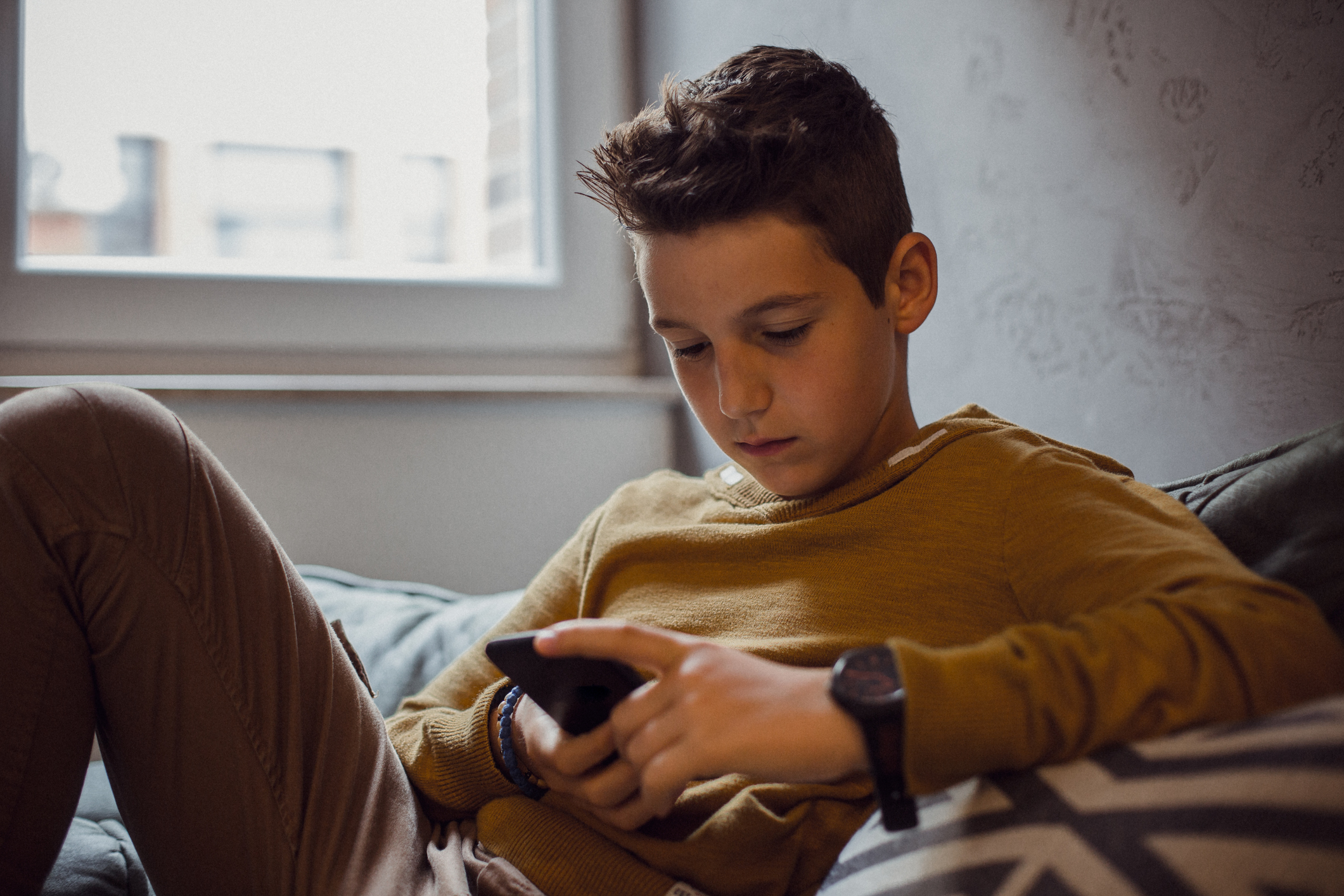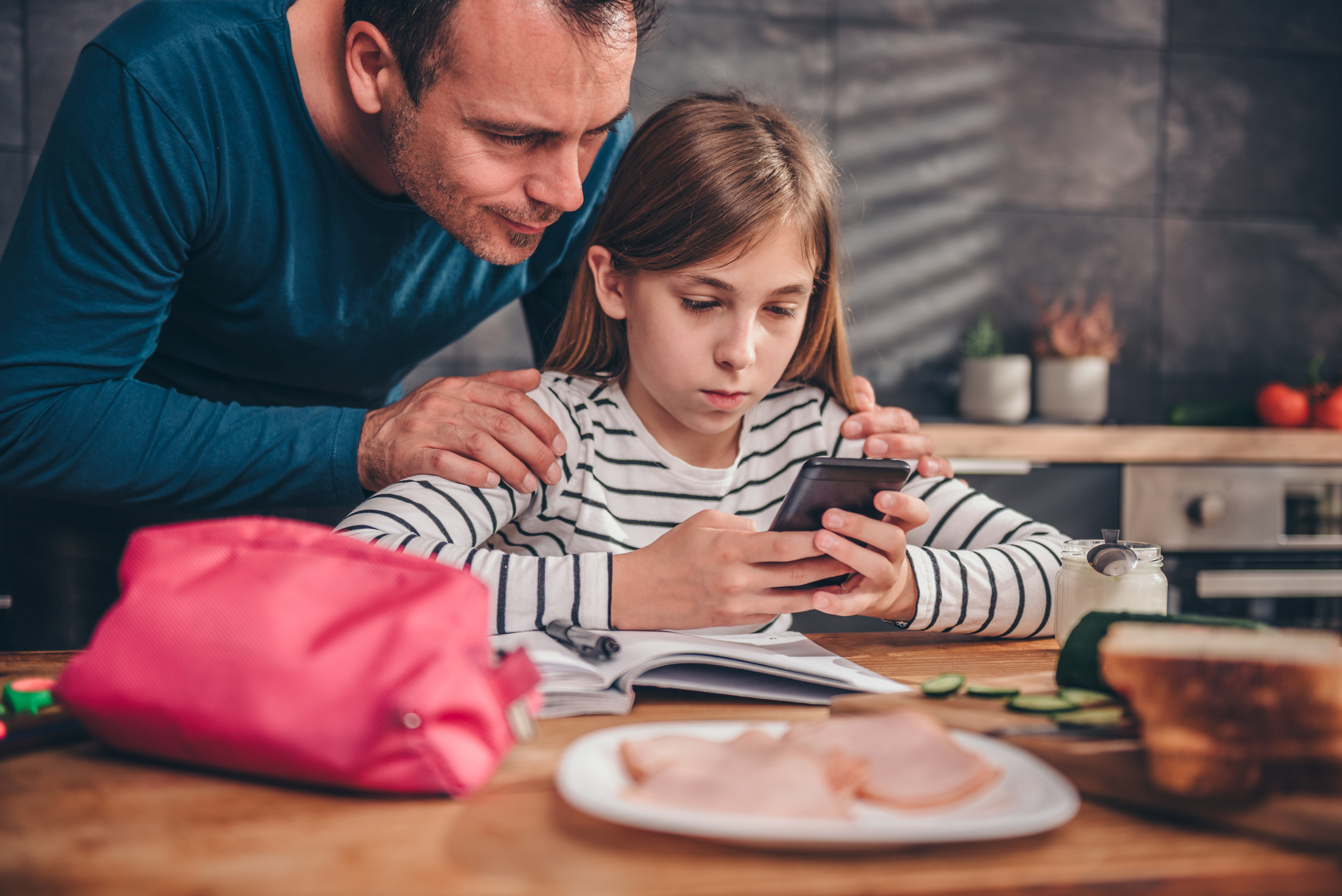Latest News
The best first phones for children
By Harry Brown |
21st November, 2019 |
Categories: mobile phone

In our digital world, phones seem to be an essential part of everyday life – for children as well as adults.
Smart phones have lots of benefits for kids – they can help to keep children safe, deepen their learning, help them to nurture friendships, and, of course, snap selfies! But it’s essential that parents keep a close eye on their usage, as, sadly, cyber-bullies and cyber-predators pose a threat to children’s online safety.
Kids are notorious for being a little less diligent when it comes to caring for their property – items often end up in Lost Property, or get left behind on the school bus.
This is why reliable mobile phone insurance is a must when purchasing a smartphone for your little one.
The latest gadgets don’t come cheap, so it’s necessary to secure cover that protects against risks such as accidental drops, smashed screens and theft. Gadget Cover are here to help, offering quality, no-nonsense mobile phone insurance, giving you peace of mind that your child’s phone is protected.
We know what a big decision it is, entrusting your child with their own device, which is why we’ve created this handy guide to choosing and monitoring that all-important first phone.
What to look for when choosing a first phone
Walking into a phone shop can be a bewildering experience, and it’s hard to know which model, make and data plan will be the best fit.
That’s why it’s useful to consider the following factors:
Contract or pay-as-you-go?
Before you commit to your child’s first phone, you’ll first need to decide whether to opt for a pay-as-you-go (PAYG) or contract data plan, bearing in mind budget, local coverage and your child’s needs.
If you only intend the phone to be used for basic functions such as calling and messaging, PAYG may appeal to you – however, most kids are unlikely to resist the temptation to use apps such as YouTube and Angry Birds, and these quickly gobble up data.
If your child is likely to be a heavy data user, PAYG may cost you more than a contract in the long run.
Securing dependable mobile phone insurance and selecting a contract with usage limits helps reign in costs, protecting against accidental loss, damage and theft, and restricting your child’s data consumption.
There are plenty of great SIM-only deals out there, if you’re able to pay for the phone up front. SIM-only deals are ideal for children, as they tend to be more flexible than pay-monthly phone deals, and offer more benefits than standard top-ups on PAYG.
If you really want a pay-monthly contract, you will have to get the smartphone in your own name and have the child reimburse you if you wish. All credit checks and bills will be in the adult’s name.

Budget
It’s best to steer clear of high-end smartphones when selecting a child-friendly device. Basic, budget phones are ideal, as they’ll likely be less enticing – to your child and potential thieves.
A gadget lacking the bells and whistles offered by the latest device is unlikely to facilitate your child’s Facebook habit, as its performance will be limited.
Likewise, your little one is more than likely to drop or lose their shiny new gadget at some point, so if you choose to buy an expensive model, make sure it’s covered with specialist mobile phone insurance.
Many parents pick an Android device over an iPhone, due to Apple’s hefty price tags. If your child is set on an Apple device, you could consider the iPhone SE, iPhone 5C or older iPhone 5S.
Either way, Android and iOS platforms are both good picks for kids, as they facilitate parental controls and offer robust virus protection.
Of course, you could consider handing down your current device to your child. You’ll already be familiar with the ins and outs of the model, and will be able to show them how it works with ease.
A second-hand phone saves you money, but it’s still worth securing mobile phone insurance – smartphones are valuable bits of kit.
If you’re not ready to give your phone away, you could purchase a refurbished phone for your child. These are wiped, rebooted and modernised pre-owned models, and work like new.
Going for a refurbished option makes Apple phones and high-end Androids more attainable for those on a tight budget. Do remember though, most insurance companies do not insure phones that are older than 18 months.
Features and specs
When phone shopping for your little one, look out for the following:
- A tough, sturdy and waterproof design
- A moderately sized screen – unwieldy phones with huge screens are more likely to be dropped
- Front-facing camera for video chatting and selfies
- Plenty of storage – steer clear of models offering less than 16GB of internal storage
- Cloud back-up
Once you’ve picked a model, make sure to purchase a shockproof case as well.
Best smartphone models for children

Let’s take a look at some of the best phones for kids, as suggested by Tech Advisor:
iPhone SE
Your child may have his/her heart set on an iPhone; if so, a great compromise is the iPhone SE.
The perfect size for slipping inside a trouser pocket, it offers 32 or 128GB storage, Apple’s signature watertight security, fast performance and it looks great.
The battery life is robust, plus image and video quality are dependably top-notch. Selfie lovers will be pleased to see a front camera as well as a rear one.
Moto G6 Play
Named “one of the best budget phones of 2018” by Tech Advisor, the Moto G6 Play’s design rivals those of far pricier models – it’s a very smart-looking gadget.
The case is made of plastic, but it offers surprisingly good grip and can easily be protected with a quality case.
With speedy charging, a fingerprint scanner, 32GB of storage and good screen resolution, one of the standout benefits of this phone is its strong battery life – it can easily sustain a day’s worth of heavy use.
A front and rear camera are also included.
Monqi Kids Smartphone
Although it’s been faulted for its comparatively slow performance and weak battery life, the Monqi is often cited as the ideal starter phone for kids.
It’s a particularly good choice for young children, as the unique software hands a significant amount of control over to parents when it comes to online activity, and useful monitoring features make it easy to keep track of your little one’s movements. This is a great device if you want to keep track of your child's location.
Samsung Galaxy A5 (2017)
Though it’s more budget-friendly than the latest Samsung models, the A5 still boasts a gorgeous design, sharing many of the perks offered by the newer A7.
With a fast performance, IP68 waterproofing, strong battery life and a top-quality build, it’s a smart choice for a first phone.
The always-on display is useful for more forgettable little ones, as it shows battery level, time, date and notification icons even when in standby mode.
Motorola Moto G4
You get real bang for your buck with the fast-performing Motorola Moto G4.
The star-feature of this phone is its vivid full HD display, making it a savvy pick for movie/TV diehards.
It doesn’t facilitate in-store mobile payments, which is a plus if you’re concerned about your little one trying to use his/her phone as a substitute bank card.
The phone boasts a modern, stylish design, including front and rear cameras.
Samsung Galaxy A3 (2017)
An attractive Samsung device, the A3 is a solid first phone. Offering a front and rear camera, it’s perfect for snap-happy kids, and better yet, it’s waterproof, with an extra-secure fingerprint sensor.
The screen is HD, good for rainy days spent inside watching cartoons, and the size is just right for sitting in the palm of your child’s hand, lessening the chance of accidental breakage.
How to keep children safe on their first phone

Before you let your child disappear off with their shiny new device, you’ll need to consider the following elements:
Parental controls
Parental controls will be your best friend going forward, allowing you to: set app-store spending limits; decide which sites you deem appropriate for your child to view; enforce limits on screen time.
How to monitor your child’s activity
The Google Family Link app comes highly recommended, and is suitable for Android or Apple devices.
You’ll need to set up two Google accounts, one for you and one for your child, both of which will feature on the Family Link app.
From here, you can tailor your child’s mobile settings accordingly, and monitor their activity.
Follow these four steps…
-
Alter purchase approval settings
To avoid a nasty surprise, select one of four purchase approval options, restricting your child’s ability to shop on their device:
All content – no paid or free downloads allowed without your consent.
Paid content – no paid downloads allowed without your consent.
Only in-app purchases – no in-app downloads allowed without your consent.
No approval – we wouldn’t recommend this, as it gives your child licence to purchase whatever they wish!
In instances where your child requires approval, you’ll need to assess the request. If you’re happy with it, you can then enter your password, which will greenlight the purchase.
-
Alter parental controls
These will stop your child downloading unsuitable content, from TV shows to apps. You can decide how you’d like content to be filtered and what restrictions you’d like put in place.
-
Place limitations on other activity
Here, you can filter Google Search activity and manage website permissions.
-
Turn on location settings
Switch on if you wish to see your child’s geographical comings and goings.
Alternatively, you could consider two-factor authentication (2FA), which requires you to input a password as well as a unique one-off code – likely to be sent by text or email – before your child’s given access to an online platform.
Setting boundaries
It’s important your child understands when and for how long they’ll be allowed to use their phone, from day one. This reduces the chance of arguments later down the line and makes your life easier.
Check age limits on platforms such as Instagram, Facebook and WhatsApp, as these often vary.

Online dangers
The internet is a vast online universe in which cyber-predators and bullies lurk. Games with hidden in-app payment functions and online scammers also pose a real threat.
Ofcom found that 16% of kids between the ages of eight and 11 have been exposed to unpleasant content online, while tweens aged 12-15 are almost twice as likely to have seen something similar.
While the study found that the majority of children witnessing such content would let someone know, it’s essential to safeguard against inappropriate content using apps such as Family Link.
Make sure your child knows to never, ever share their personal details online, including their address, current location, contact number and social plans.
Also walk your child through the process of downloading apps, explaining how to assess the trustworthiness of an app, checking reviews, for example.
Make him/her aware that some apps could be malicious, potentially giving unscrupulous individuals access to his/her phone.
School and cyber-bullying
You may be concerned about your child viewing inappropriate content when you’re not around, especially in a school environment.
Rest assured, mobile companies automatically apply adult content filters to mobile networks, so your child won’t have licence to freely browse.
You can also contact your child’s mobile operator and alter their personal network settings, should you wish.
If you’re concerned your child is being bullied online, your first move should be to talk about it.
Listen to your little one, and don’t act rashly. Instead, block the offender and report their activity on the platform where the bullying is taking place – for example, Facebook.
Save screenshots of the activity, and have a discreet conversation with the relevant teachers at your child’s school. You can learn more about protecting your child online on the non-profit Internet Matters website.
The future’s digital

It’s important to support your child’s smartphone use, within limits. The latest technology enables kids to keep in touch with their friends, explore interests and express themselves.
When used safely and securely, a phone can be a great asset. However, modern gadgets don’t tend to come at throwaway prices, so they require quality mobile phone insurance cover.
Gadget Cover can help, offering reliable mobile phone insurance that enables you and your child to embrace the digital world, headache-free.
Don’t wait – get a quote today.


